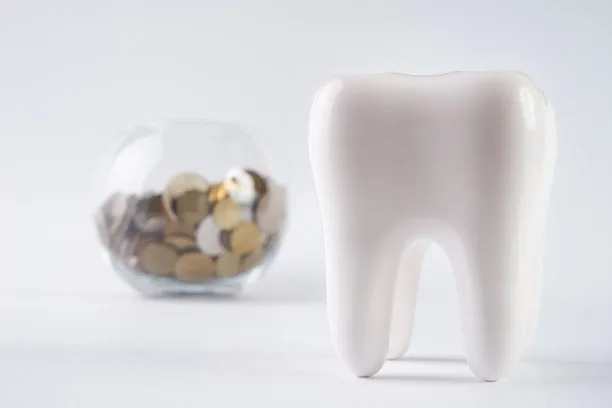Essential Guidelines to Follow Before and After Your Dental Filling Procedure to Ensure Optimal Results and Recovery
Summary: Dental fillings are a common procedure that restores the functionality and health of a tooth affected by decay. However, to ensure optimal results and a smooth recovery, it鈥檚 essential to follow specific guidelines both before and after the procedure. This article outlines crucial steps that patients should adhere to prior to their dental filling appointment, strategies for a comfortable recovery as soon as the filling is placed, methods to maintain the filling, and when to seek follow-up care. By being diligent and informed, patients can significantly enhance their dental health and experience minimal discomfort during the process.
1. Preparation Steps Before Dental Filling

Before undergoing a dental filling, understanding the procedure and preparing adequately is vital for a successful experience. First and foremost, it is essential to have a comprehensive dental exam. Your dentist should evaluate the extent of the cavity and determine the best course of action, allowing for personalized care and optimal results.
Additionally, communicating any medical conditions or allergies to your dentist prior to the procedure can help in preventing complications. Its important to disclose any medications or supplements you are taking to ensure safe treatment. Moreover, if you have dental anxiety, discussing this with your dentist allows them to employ techniques that will ease your fears and make you comfortable.
Finally, ensure you have arranged transportation if sedation is required. Depending on the complexity of the filling, it might be wise to schedule a ride home to avoid any potential risks or discomfort following the procedure.
2. Managing Post-Procedural Discomfort
Once your dental filling procedure is completed, you may experience some discomfort or sensitivity. To manage this effectively, it is advisable to avoid eating until the anesthetic has worn off completely. This prevents accidental biting of the cheek or tongue, which can add additional discomfort to your experience.
After the numbness fades, you may feel some sensitivity to hot or cold temperatures. Over-the-counter pain relievers such as ibuprofen or acetaminophen are often effective in alleviating discomfort during the initial healing phase. Following your dentists post-operative care instructions, especially regarding pain management, is paramount.
It is equally important to take note of your recovery process. If discomfort persists or increases after a few days, contacting your dentist for a follow-up appointment is essential. This helps ensure there are no complications, such as an allergic reaction to the filling material or improper placement of the filling.
3. Maintaining Your Dental Filling
Proper maintenance of your newly filled tooth will extend its lifespan and contribute to better oral health. Regular dental hygiene practices such as brushing twice a day and flossing daily remain crucial post-filling. Pay special attention to the area around the filling to prevent plaque buildup and additional cavities.
It might also be beneficial to avoid hard or sticky foods for a few days following the procedure. Such foods can dislodge or compromise the integrity of the filling. Consuming softer foods will reduce pressure on the newly filled tooth and promote recovery.
Furthermore, scheduling regular dental check-ups post-procedure is essential. These visits allow the dentist to monitor the fillings condition and your overall oral health, facilitating early intervention if any problems arise.
4. When to Seek Professional Help
Understanding when to seek further dental care post-filling is imperative for your health. If you experience prolonged pain or discomfort that doesn鈥檛 seem to improve over time, it鈥檚 essential to get in touch with your dentist. This could indicate that the filling needs adjusting or that there may be additional underlying issues.
Moreover, significant changes in the appearance of the filling, such as cracks or chips, should be examined by a professional as soon as possible. Ignoring these signs may lead to further complications, including increased sensitivity and additional decay.
Keeping an eye on any unusual symptoms, such as swelling of the gums or persistent bad breath, is key to your oral health. Early intervention can prevent more serious dental issues in the future, ensuring both your filling and overall dental wellness remain intact.
Summary:
In conclusion, successfully navigating the dental filling process involves thorough preparation before the procedure, effective management of any discomfort afterward, diligent maintenance of the filling, and being aware of when to seek further professional help. Simple adherence to these guidelines can make a significant difference in recovery and overall satisfaction with dental treatment.
This article is compiled by Vickong Dental and the content is for reference only.


